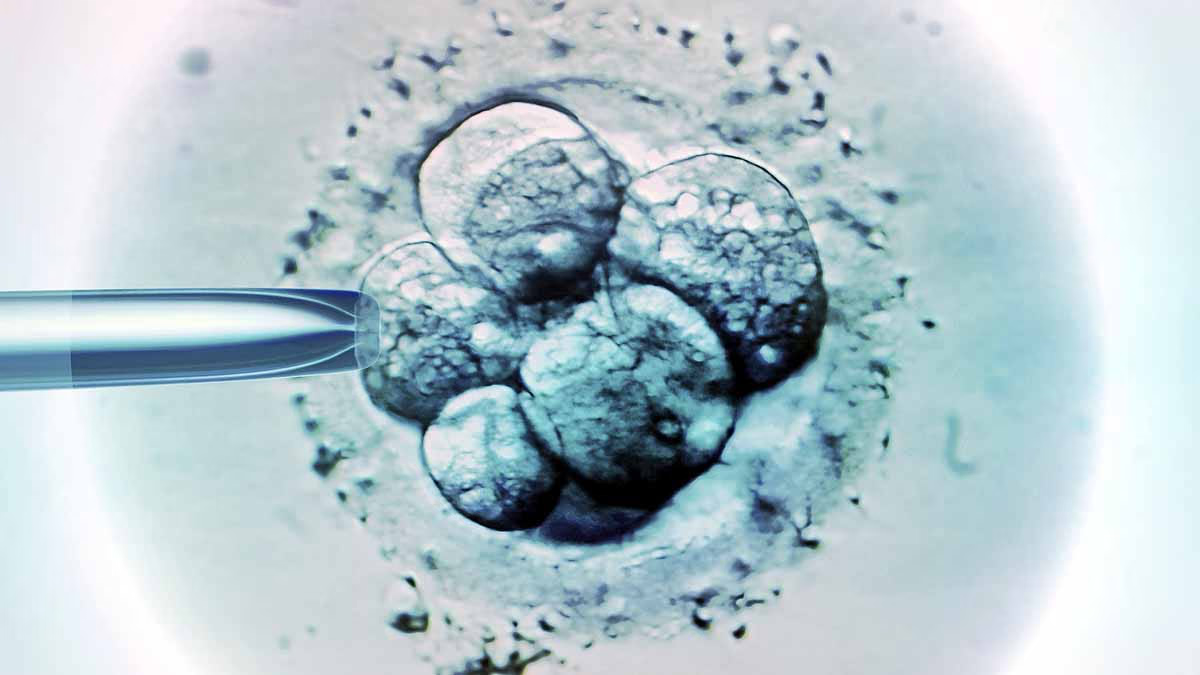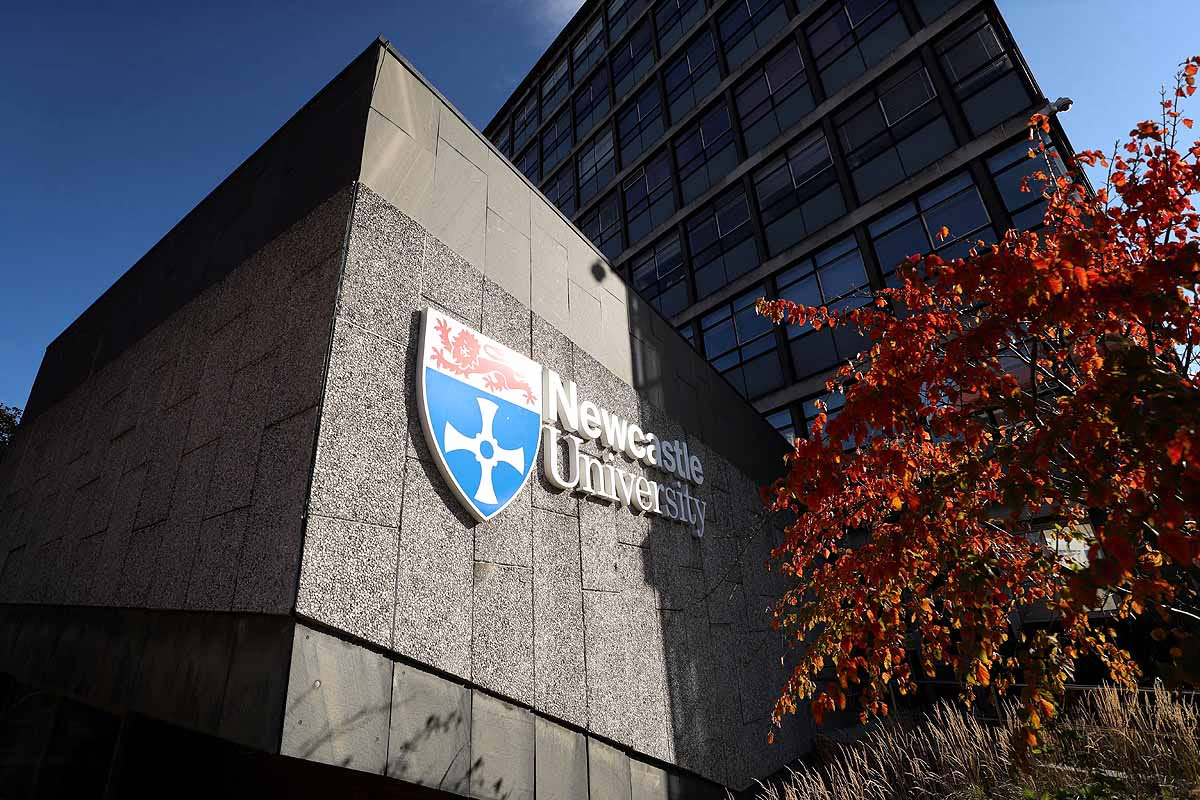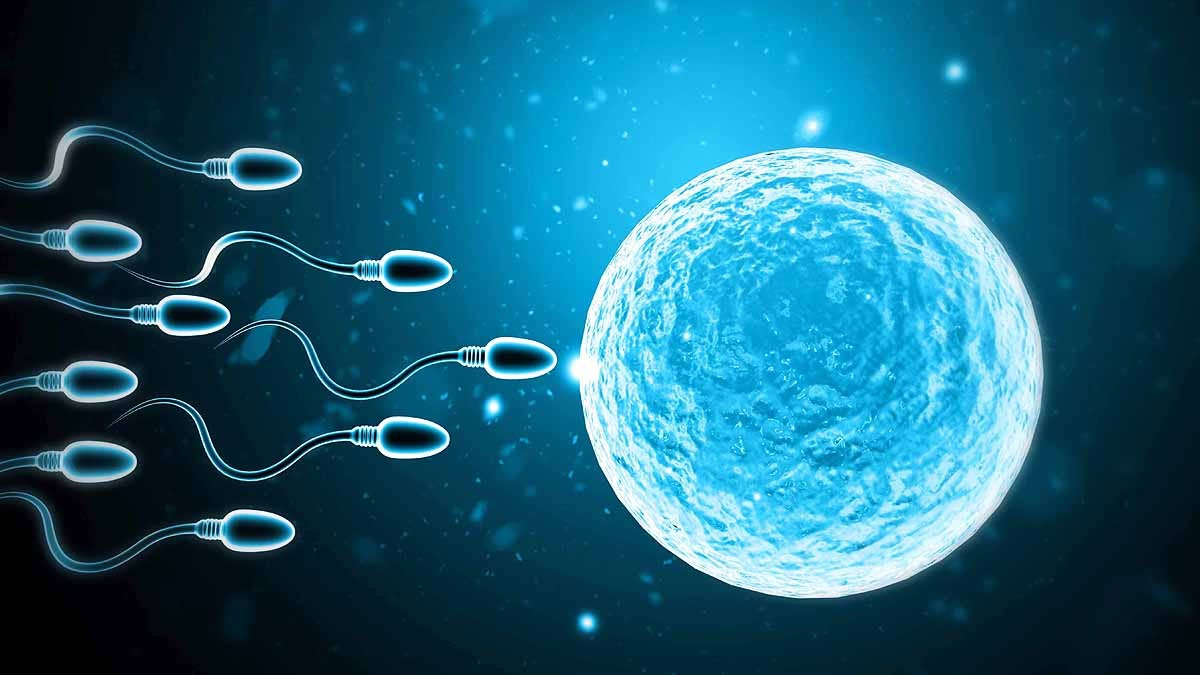In the UK, eight children have been born using the 'three-parent' IVF technique, a pioneering method developed by scientists at Newcastle University. This innovative technology has successfully protected these children from severe genetic disorders by replacing the mother's faulty mitochondria with those of a healthy donor. This groundbreaking news was published on July 16 in the New England Journal of Medicine.
What is this technique?
This technique preserves the DNA of the mother and father while removing the mother's defective mitochondria. Mitochondria, often dubbed the "powerhouses of cells," can impact energy-dependent organs like the brain, liver, heart, muscles, and kidneys if they malfunction.
In this process, the nucleus (pronucleus) of the fertilized egg from the mother and the nucleus from the father's sperm are transferred into a healthy donor's egg containing healthy mitochondria. This prevents the child from inheriting the mother’s defects.

Source: aajtak
How does the process work?
First, the mother's egg is fertilized with the father's sperm.
The nucleus containing both parents’ DNA is extracted from the fertilized egg.
This nucleus is then inserted into a donor's fertilized egg from which the nucleus has been removed.
This egg then starts developing with healthy mitochondria and the parental DNA.
This replaces faulty mitochondrial DNA with healthy DNA.
Professor Mary Herbert, a reproductive biologist at Newcastle University, remarks that this process replaces defective mitochondrial DNA with healthy DNA.
Results of the Technique?
This technique was trialed on 22 women at risk of passing on genetic disorders. Eight women delivered healthy babies—four boys and four girls—aged between 6 months and 2 years. One woman is currently pregnant. Six children showed a 95-100% reduction in the mother's faulty mitochondrial DNA, while two showed a 77-88% reduction. All children are developing normally, with one experiencing a minor heart rhythm change, which was corrected with treatment.
Who benefits?
Mitochondrial diseases affect 1 in every 5000 births, inherited solely from the mother. These diseases currently have no cure and can lead to muscle weakness, visual impairments, diabetes, and organ failure. While IVF doctors can select lower-risk eggs, this new technique offers a solution when all eggs are faulty.

Source: aajtak
Approval and Controversy in the UK
In 2015, the UK became the first country to legalize mitochondrial donation for human research. The same year, the United States banned it, citing its classification as a heritable genetic modification. This technique is termed the creation of 'three-parent babies' as the child receives 99.9% DNA from the parents and 0.1% from the donor. Ethical and religious groups have opposed it due to the destruction of embryos and concerns about creating 'designer babies.'
Scientists and Experts Weigh In
Dr. Andy Greenfield, a reproductive expert at Oxford University, says it reflects decades of scientific, ethical, and legal efforts. Reproductive specialist Nils-Göran Larsson from Sweden describes it as creating "significant reproductive options" providing relief to families. However, some scientists caution that the data from eight children is limited, and ongoing monitoring is necessary.
The Future Ahead
Research continues in Newcastle and Australia to improve this technique for complete removal of defective maternal DNA. The children's health will be monitored for five years. Although research remains halted in the United States, this technique raises hope for children free from genetic diseases.




